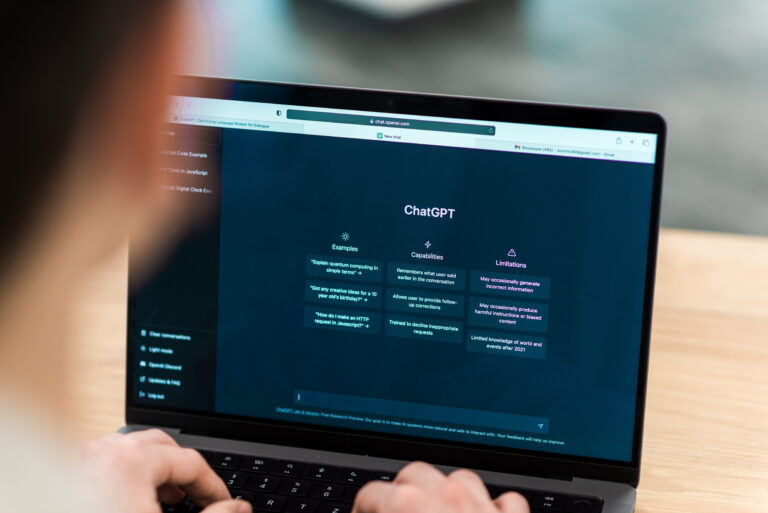
Introduction
The internet has transformed childhood. It is now a place where children learn, play, explore, and connect with others from all over the world. But alongside the countless benefits, the digital world hides serious risks that many parents, teachers, and even children themselves are not fully aware of. From exposure to inappropriate content to cyberbullying, online predators, and data privacy concerns, the virtual environment can be as dangerous as it is educational.
According to a 2024 report by UNICEF, more than one in three internet users globally is under the age of 18, and most begin their digital life before the age of 10. That means millions of children are navigating an online space that was never truly designed with them in mind. Understanding how to protect them is no longer optional — it’s essential.
The Double-Edged Nature of the Internet
The internet is one of the most powerful educational tools in history. It allows children to access knowledge instantly, learn new skills, and communicate creatively. During the pandemic, online learning became a lifeline for education systems around the world. Yet, this same space that empowers can also expose them to risks their parents never had to face.
Studies from the Pew Research Center and the European Commission indicate that children between 8 and 16 spend an average of 4 to 6 hours online daily, and that number increases every year. The issue isn’t just screen time, but what they’re doing during that time. Games, social media, and online video platforms often use algorithms that push addictive or inappropriate content, even when parental controls are enabled.
Online Risks Facing Children
Children face a wide variety of dangers online, many of which evolve as technology advances. Some of the most common threats include:
Exposure to Inappropriate Content
Even with filters and parental supervision, children can easily encounter violent, sexual, or harmful material. A study by the Internet Watch Foundation (IWF) revealed that over 90% of children aged 12 to 17 had seen explicit content online at least once, often unintentionally.
Cyberbullying
The anonymity of the internet can make cruelty easier. According to the Cyberbullying Research Center, nearly 37% of teens have experienced bullying online. This can lead to anxiety, depression, and even suicidal thoughts if not addressed in time.
Online Predators
Social networks, gaming platforms, and chat apps are often used by predators to contact minors. The FBI’s Internet Crimes Against Children (ICAC) task force has warned that grooming cases have risen significantly in the last five years, especially during lockdown periods when children spent more unsupervised time online.
Data Privacy and Tracking
Children may unknowingly share personal data that companies or malicious actors can exploit. Apps often collect location data, browsing behavior, and even voice recordings, creating digital footprints that can follow them into adulthood.
The Role of Parents and Guardians
Parents are the first line of defense when it comes to online safety. However, many feel overwhelmed by the pace of technological change. The key is not to ban technology, but to guide children to use it responsibly and consciously.
Open communication is the foundation. Instead of strict control or punishment, experts recommend that parents discuss online risks openly and establish trust. When children feel safe talking about what they see or experience online, they’re more likely to ask for help before a problem escalates.
Other effective strategies include:
- Setting boundaries: Define clear time limits and screen-free periods, especially before bedtime.
- Using parental controls: Tools such as Google Family Link or Apple Screen Time can help monitor online activity without invading privacy.
- Staying informed: Parents should familiarize themselves with the platforms and games their children use. Understanding how they work helps identify risks early.
- Leading by example: Children imitate digital habits. If adults are glued to their phones, children will likely follow.

The Role of Schools and Institutions
Schools play a vital role in promoting digital literacy and safe internet habits. Integrating online safety into the curriculum teaches children not only to protect themselves but also to respect others online.
Many educational systems, such as those in Finland and South Korea, already include internet ethics and privacy education as part of their programs. The goal is to form critical digital citizens capable of recognizing manipulation, misinformation, and online abuse.
Additionally, collaboration between schools and parents strengthens prevention. When teachers and families share information and monitor behavioral changes, they can act faster if a child faces digital harassment or exposure to harmful content.
Government and Corporate Responsibility
Protecting children online cannot depend solely on families and schools. Governments and technology companies must also take responsibility. Laws like the Children’s Online Privacy Protection Act (COPPA) in the U.S. and the EU’s General Data Protection Regulation (GDPR) have set clear limits on how companies can collect and use minors’ data.
However, enforcement remains uneven. Some platforms continue to prioritize engagement metrics over safety. Experts from Harvard’s Berkman Klein Center have called for stricter oversight and algorithm transparency, especially in apps aimed at young audiences.
Meanwhile, companies are beginning to react. Platforms like YouTube Kids and TikTok Family Pairing now offer stronger parental controls and content filters, though no system is perfect. The challenge is designing technology that is child-centered by default — safe, transparent, and respectful of developmental differences.
Encouraging Healthy Digital Habits
Beyond protection, it’s crucial to teach children how to balance online and offline life. The goal is not to instill fear but to build digital resilience — the ability to navigate challenges responsibly and safely.
Practical recommendations include:
- Encourage creative uses of technology, such as coding, digital art, or educational platforms.
- Promote offline activities: sports, reading, or spending time outdoors reduce the dependency on screens.
- Discuss online behavior: empathy, respect, and kindness must extend to digital interactions.
Children who understand that the internet is a shared space — one where words and actions have consequences — are less likely to engage in harmful behaviors and more likely to use technology positively.
Conclusion
The internet is an extraordinary tool for growth and learning, but for children, it remains a complex and sometimes dangerous place. Protecting them requires collective effort — from parents, educators, governments, and the tech industry.
Online safety is not about control; it’s about education, empathy, and awareness. By teaching children to think critically, communicate openly, and use technology wisely, we prepare them not only to stay safe but to thrive in the digital age.
The goal is not to disconnect them from the world — it’s to ensure that, when they connect, they do so safely, confidently, and with the values that make the digital world a better place for everyone.






